
Trach Xa: The timeless soul of vietnamese textile art
- on Sep 27, 2020 By: Ngoc Nguyen
Located about sixty kilometers from Hanoi, the village of Trach Xa has embodied the essence of Vietnamese textile craftsmanship for over a millennium. A true cradle of the ao dài—Vietnam’s iconic garment—this village continues a legacy of elegance and precision, now officially recognized as part of the country’s intangible cultural heritage. Immersing oneself in the world of Trach Xa’s artisans means discovering an art of exceptional finesse, where tradition and innovation intertwine to safeguard one of the most powerful symbols of Vietnamese culture.
A Millennial village at the heart of vietnamese heritage
Far from traditional tourist circuits, Trach Xa offers a rare glimpse into Vietnam’s rich textile legacy. For over 1,000 years, artisans in this village have been crafting the ao dài—a long, flowing tunic that symbolizes grace and elegance—with unmatched expertise. More than just a piece of clothing, the ao dài is a true institution, worn during major ceremonies, celebrations, and even official settings.
Historically, tailoring was a male profession, while women worked in agriculture. This unique division of labor reflects the central role of tailoring in the local economy and the prestige it carries. Even today, the transmission of this centuries-old know-how begins in early childhood. Boys and girls alike learn to handle a needle by the age of six, mastering the full construction of a traditional ao dài by adolescence.
The official inclusion of Trach Xa in Vietnam’s intangible cultural heritage list in 2024 marks national recognition of the artisans’ crucial role in preserving Vietnamese identity.

A unique sewing technique found nowhere else in the world
Trach Xa’s ao dài owes much of its renown to a highly distinctive method of craftsmanship, passed down from generation to generation.
What sets the ao dài of Trach Xa apart from others made elsewhere in Vietnam is a centuries-old, artisanal sewing technique rigorously preserved within families. Far from industrial production lines, each tunic is made by hand with exacting precision, an eye for detail, and a profound understanding of the female form—all to enhance and flatter every silhouette.
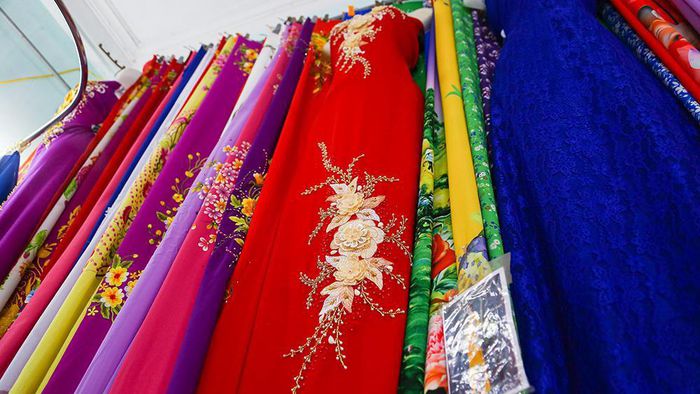
Unlike the horizontal sewing methods commonly used in Vietnam’s southern and central regions, Trach Xa’s master artisans practice vertical hand-stitching. This intricate process requires exceptional dexterity and serves a dual purpose: it hides all stitching inside the garment and creates a naturally fluid drape, free of visual breaks. The result is a graceful, elongated, and harmonious silhouette—highly sought after for both ceremonial and everyday or artistic ao dài.
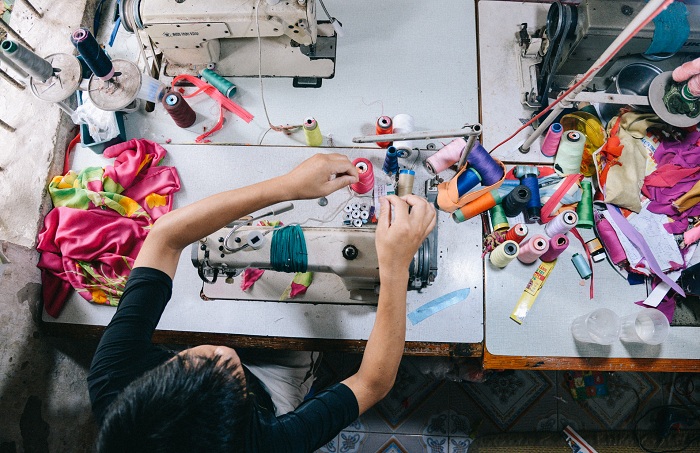
Crafting just one panel of a Trach Xa ao dài can require up to seven distinct, meticulously combined lines of stitching:
- One machine-sewn line to reinforce the structure,
- Three hand-sewn lines invisible to the naked eye,
- Three temporary basting lines used to adjust the fabric before final assembly.
Each step relies on precise, millimetric gestures and a deep understanding of body proportions, instilled in apprentices from a young age. This technical rigor ensures a garment that is both durable and delicate, capable of standing the test of time while maintaining its original beauty.
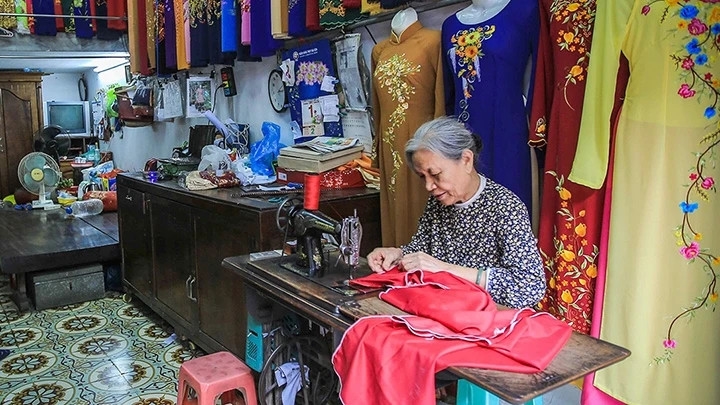
Excellence of Materials in Service of Elegance
The allure of a Trach Xa ao dài goes beyond its silhouette. In this village, fabric selection is both a science and a tradition. Artisans favor noble, natural materials like Bao Loc silk—renowned for its lightness, shine, and softness or handwoven linen from the mountainous north, valued for its breathable texture and rustic yet refined look. These fabrics are traditionally dyed or hand-embroidered with symbolic motifs: lotus flowers, phoenixes, imperial dragons, or pastoral landscapes. Each piece becomes a living tribute to the Vietnamese soul—modest, poetic, and deeply rooted.
While Trach Xa remains a stronghold of Vietnam’s textile tradition, it is also undergoing an intelligent revival, economically and in tourism, where the past engages in dialogue with the present. Young generations no longer merely replicate inherited gestures. Trained early—often from the age of 6 or 7—in manual sewing techniques, they now explore new creative avenues that blend heritage with contemporary aesthetics. Influenced by global fashion and digital access, they reinterpret the ao dài with asymmetrical cuts, updated embroidery, minimalist designs, and eco-friendly natural dyes. Without betraying the spirit of the garment, they bring a modern touch that appeals to a younger, more connected, and cosmopolitan clientele—both in Vietnam and abroad. This evolution opens new markets in high-end ready-to-wear and bespoke event fashion.
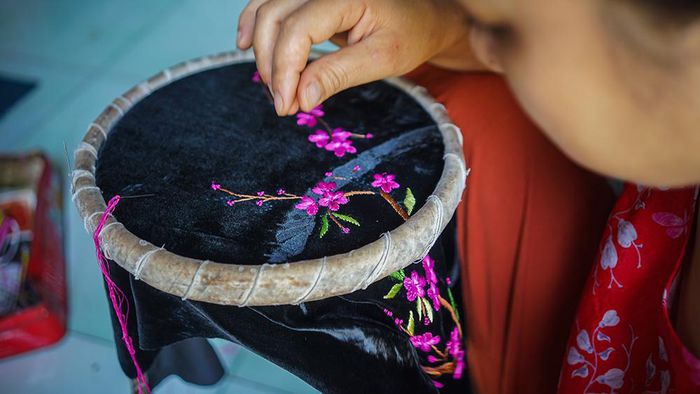
A structured revival and empowered women
Once centered in family homes, Trach Xa’s craft industry has evolved into a structured ecosystem. Many workshops—often led by retired artisans turned mentors—now train local collaborators while maintaining strong community roots. This transformation allows some tailors to participate in fashion competitions, craft fairs, and even partner with design schools in Hanoi and Ho Chi Minh City.

Women, once limited to agricultural work, have joined the textile sector as designers, order managers, or embroidery specialists. The revival of the handcrafted ao dài has thus become a story of local economic empowerment, especially for women.
An ideal souvenir from Vietnam
When traveling in Vietnam, the search for an authentic souvenir is often a defining moment.
A growing experiential tourism
The village’s official recognition as intangible cultural heritage has led to controlled development: renovated roads, restored homes, welcoming spaces, and artisan workshops open to visitors. Trach Xa now focuses on cultural and experiential tourism, far removed from conventional circuits. Increasingly, artisans open their workshops for live sewing demonstrations, hands-on sessions where visitors can sew symbolic stitches on their own tunic, and personalized ao dài orders tailored to individual tastes and measurements—with hotel or home delivery. This type of tourism, rooted in exchange, connection, and immersion, perfectly aligns with the expectations of travelers seeking authenticity and living traditions. It also helps distribute tourism more evenly around Hanoi by promoting a peaceful, less-visited village.
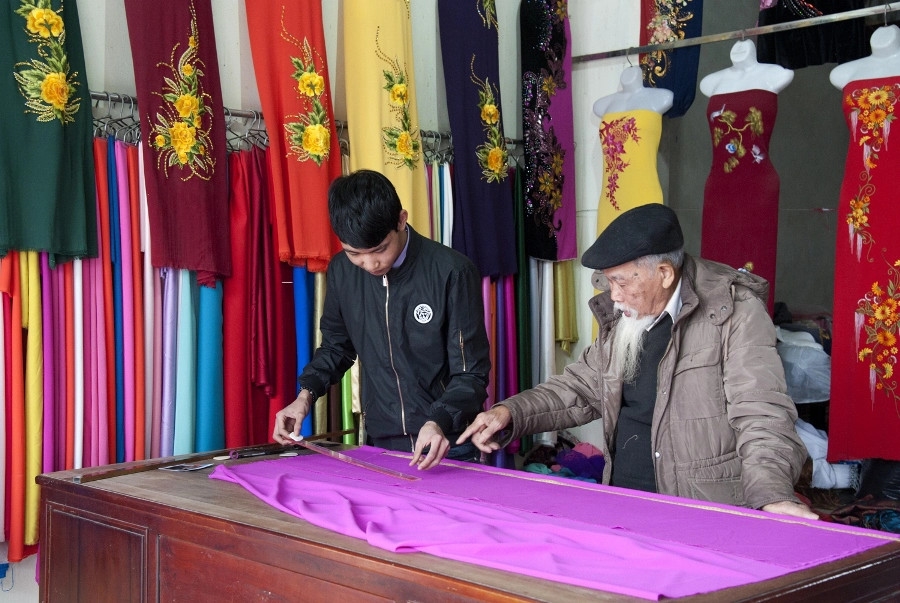
A souvenir from Vietnam
Rather than bringing home standardized items, why not choose a unique piece with a real cultural story? The ao dài of Trach Xa is far more than a garment—it is a symbol of Vietnamese elegance, crafted with ancestral expertise. Many travelers now consider it a prestigious gift for themselves or loved ones—a way to take home a fragment of Vietnam imbued with authenticity and refinement.

Visitors can acquire a ao dàifromTrach Xa in several ways:
- By visiting the village and placing an order in person.
- By ordering through a local travel agency before the trip.
- By having it shipped internationally after departure.
By purchasing directly from Trach Xa’s artisans, you support a heritage in transition and contribute to preserving Vietnam’s ancestral craftsmanship.
In a Vietnam undergoing rapid transformation, Trach Xa remains one of the last bastions of immutable textile artistry—where tradition and modernity coexist in harmony. Visiting Trach Xa means not only discovering a unique savoir-faire but also helping to preserve an invaluable cultural legacy.
>>> Read more:
The Ao dai Museum in Ho Chi Minh City: shrine of the Vietnamese dress
Ao Dai in the History and the Traditional Tet Holiday
 Español
Español Français
Français






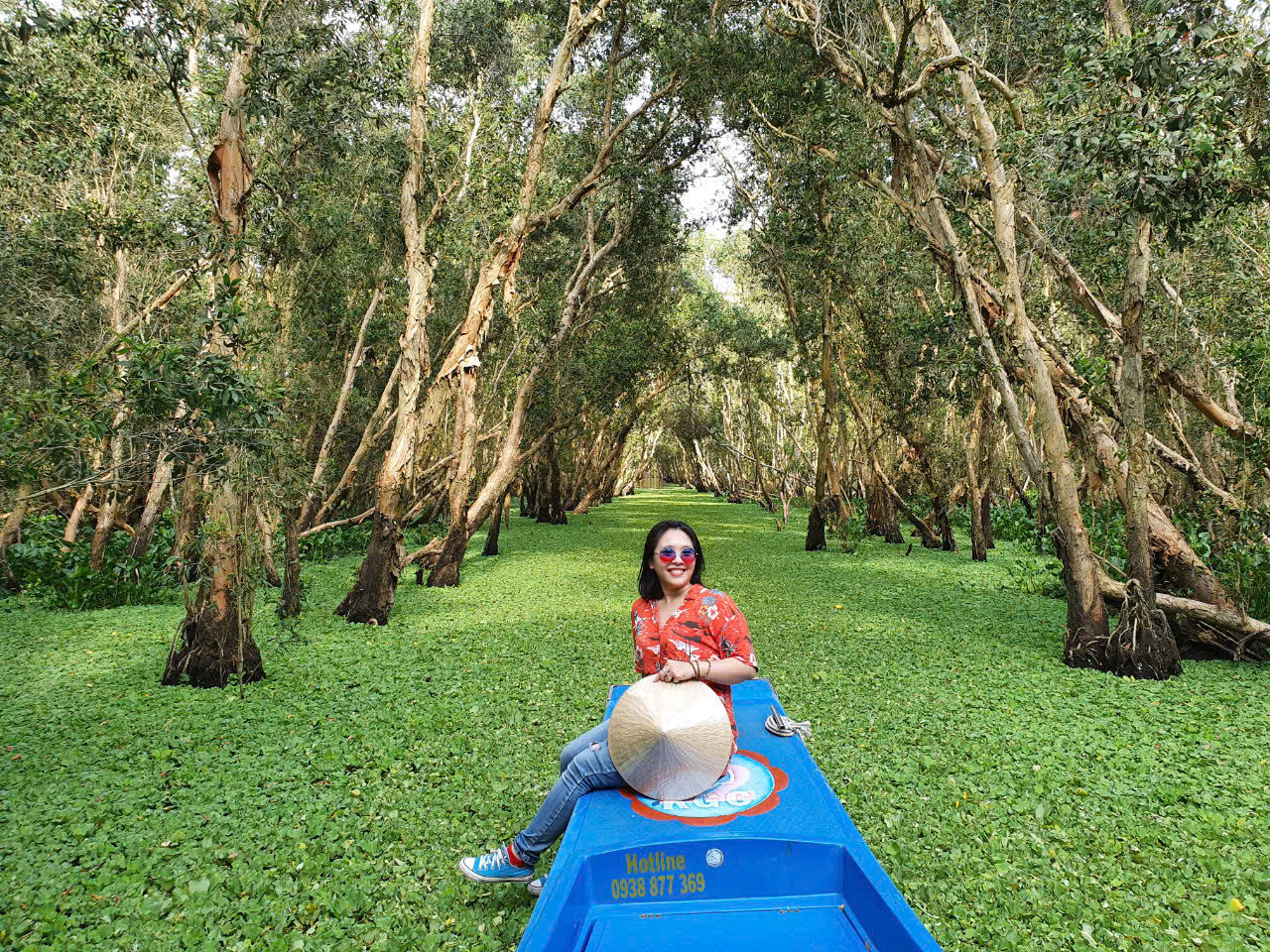
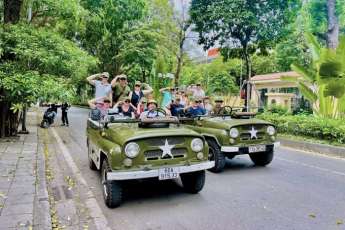

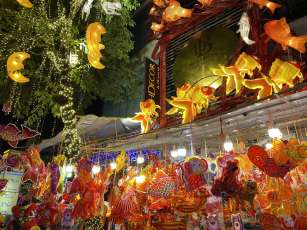










Morgane Ter Cock
on Dec 18, 2025HerbertPhomaMS
on Oct 19, 2025Lilyan Cuttler
on Oct 15, 2025Avenue17XC
on Sep 14, 2025Avenue18JL
on Jul 21, 2025